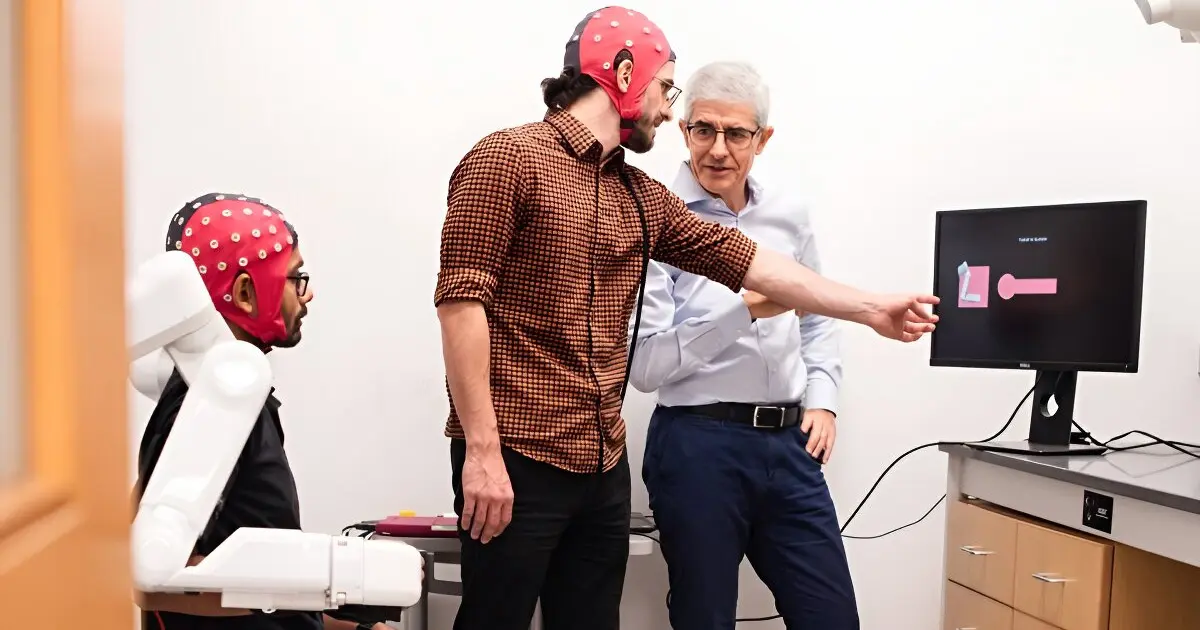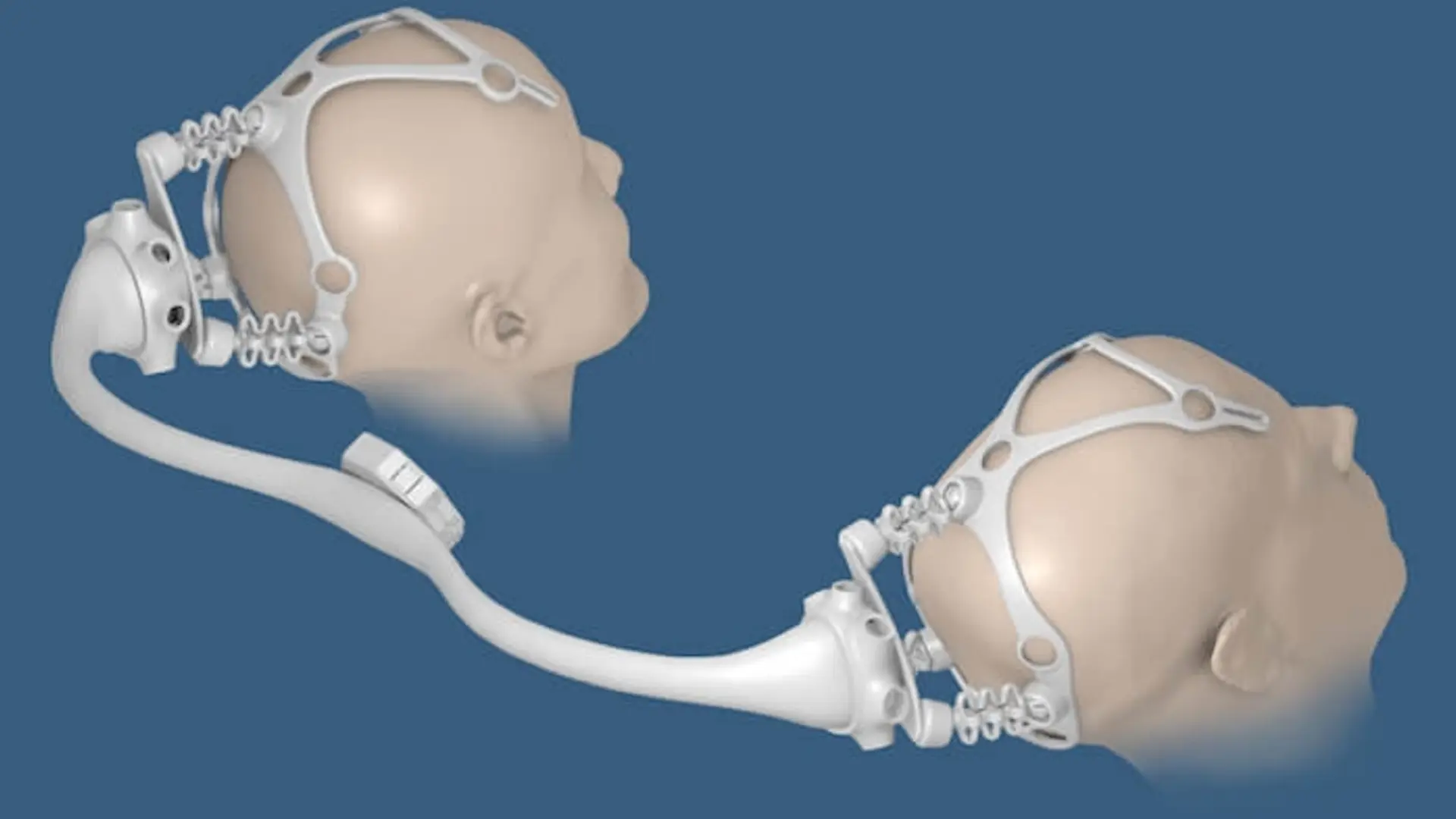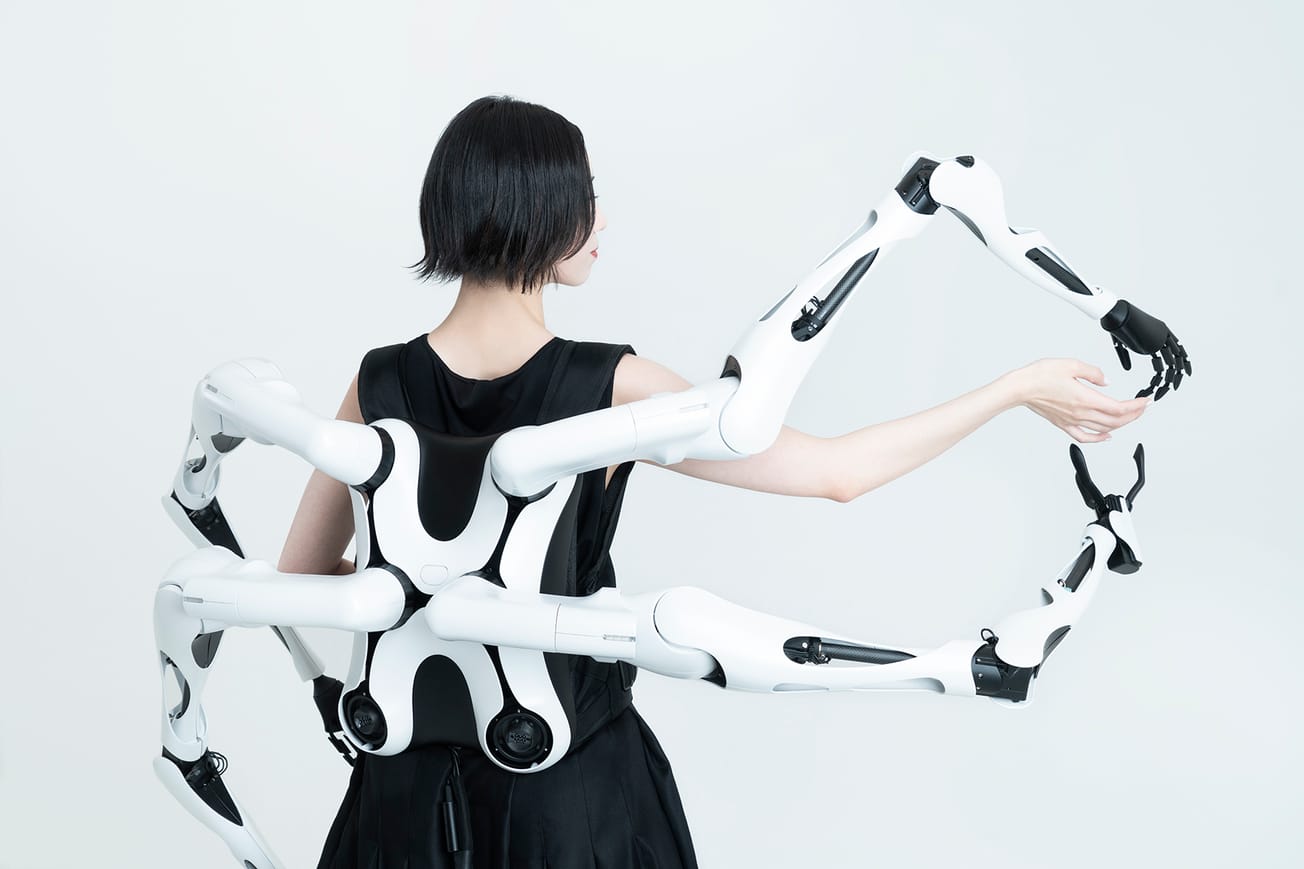Brain-computer interfaces or BCIs, also referred to as brain-machine interfaces (BMI), create a communication pathway between the brain's electrical activity and an external device, most commonly a computer or robotic prosthetics, albeit intrusively or non-intrusively. This technology has gained increased attention thanks to recent advancements by Neurolink, which successfully implanted its chip into a paralyzed man's brain in early 2024.
Until recently, BCI’s required extensive calibration or invasive surgical procedures. However, researchers in the Clinical Neuroprosthetics and Brain Interaction Lab at the University of Texas at Austin have developed a wearable brain-computer interface that allows users to play video games using their minds. According to a study recently published in PNAS Nexus, the black and red cap lined with brain wave-detecting electrodes does not require specialized calibration or incur the significant costs of complicated surgery, which could open the door for an array of potential applications.

To achieve a universally accessible BCI, while aware of the challenges in non-intrusive BCIs, researchers worked with machine-learning models to create a “decoder” trained on a single human subject using the BCI to balance a digital bar in a simplified video game. Once complete, the BCI device underwent testing with 18 individuals who were new to this type of technology. Within five sessions, they were able to learn and train for both the bar game and a car racing game simultaneously. Earlier this year, at the SXSW festival, researchers demonstrated the speed at which users could develop the skill to use the BCI, which typically can take weeks or months.
While this research is primarily envisioned for healthcare and medical applications, the resulting technology could unlock incredible opportunities for artistic explorations and creative applications.
Artists have been working with BCIs for a number of years. Dual Brains, a performance art piece by artist Eva Lee and designer Aaron Trocola (2016, 2017, 2018), explores empathy and neural connectedness using OpenBCI hardware integrated into a 3D printed dual-headset containing electrodes monitoring their neural patterns.


Nathan Copeland, paralyzed since 2004 and a self-described cyborg, had four micro-electro arrays implanted in his brain as part of a study at the University of Pittsburgh in 2015. While the implants were designed for him to control a robotic arm, he later began to draw and paint literally with his mind, from which he has now minted six NFTs.


Since 2010, a number of consumer-grade non-intrusive BCIs have come on the market, with a particular focus on use in VR/AR. However, they require proprietary software, meticulous calibration, and a hefty price tag. While far from going to market, the wearable BCI cap being developed at UT Austin, designed for accessible, universal use, may be needed to facilitate creative explorations into and through this technology.
Perhaps in the not-so-distant future, we will see both practical applications of such technology as a tool in creative production and exploratory investigations into the technology as a creative medium in and of itself. This could range from designers using wearable BCIs to build 3D renderings in Rhino to museum audiences engaging with immersive environments through wearable BCIs.








